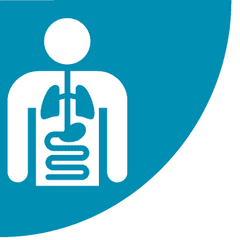NEWSWATCH
CHEMICAL AND MATERIAL HAZARDS

IARC Examines New Evidence Regarding the Carcinogenicity of Benzene
A working group comprising 27 scientists met in October at the International Agency for Research on Cancer to review new epidemiological and mechanistic evidence related to the carcinogenicity of benzene. The group’s review focuses on epidemiological studies in which occupational or environmental exposure to benzene was specifically identified, including several large occupational cohort studies. The group also examined the potential to characterize quantitative relationships for cancer risk. During the meeting, the working group confirmed the carcinogenicity of benzene based on “sufficient evidence in humans, sufficient evidence in experimental animals, and strong mechanistic evidence” that it causes acute non-lymphocytic leukemia, including acute myeloid leukemia. Other types of cancer are also positively associated with exposure to benzene. Since 1979, IARC has classified benzene as a Group 1 carcinogen, the agency’s designation for agents that carry sufficient evidence of carcinogenicity in humans.
Workers may be exposed to benzene in industries such as petroleum, chemical production, and manufacturing. Historically, benzene was used as a solvent in industry and consumer products. IARC notes that this use is now restricted in many countries, but benzene continues to be produced in high volumes for use as a chemical intermediate. The working group states that benzene concentrations in workplace air have declined over time—to concentrations less than 3 mg/m3—in high-income countries. However, higher levels have been reported in some low- and middle-income countries in industries such as shoemaking, printing, painting, and rubber manufacturing.
A summary of the working group’s assessment is available online in
The Lancet Oncology
. The full article is available free of charge to registered users (registration is also free).
